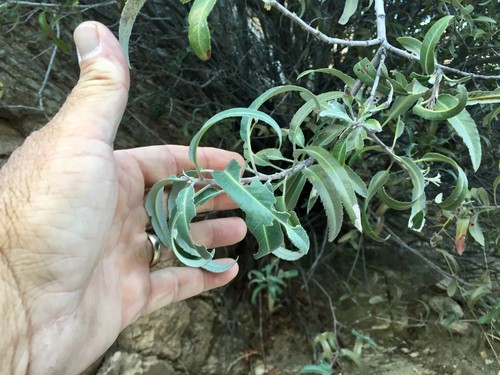![How to Propagate Rhodotypos ?]()
How to Propagate Rhodotypos ?
Rhodotypos can be propagated through seed sowing or softwood cuttings, with the latter being more common. Success hinges on factors like well-draining soil, appropriate light conditions, and warm temperatures. Seeds require stratification, and cuttings benefit from rooting hormone and consistent humidity. Propagation is moderately difficult, often challenged by seeds' low germination rate or cuttings' need for careful management. Steps include collecting cuttings in early summer, treating with rooting hormone, planting in a suitable medium, and maintaining consistent moisture and warmth until rooted.












